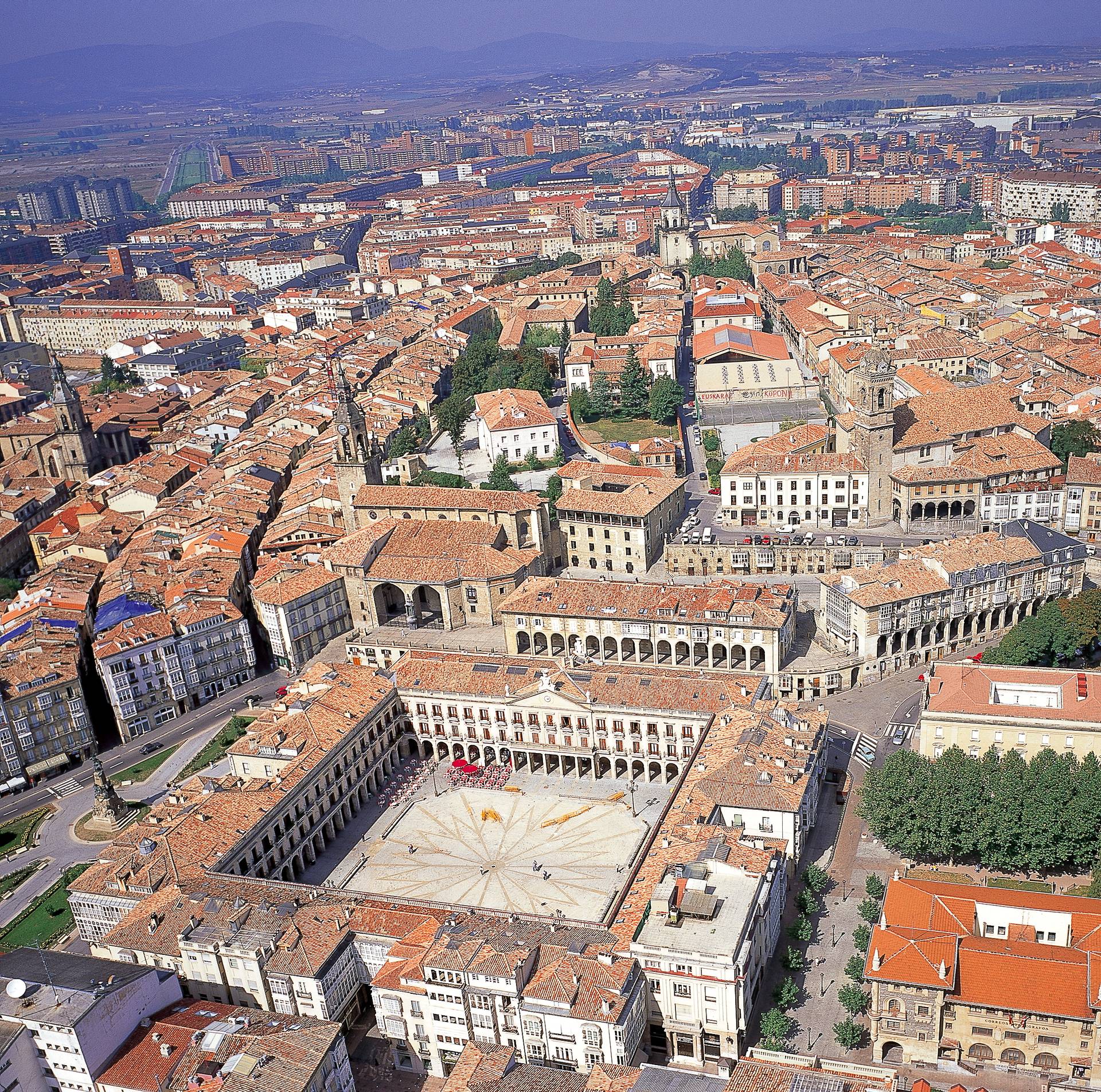VILNIUS, Lithuania – Pope Francis paid homage to both the victims of the holocaust in Lithuania and those persecuted during the country’s Soviet occupation Sunday, condemning the “spiritual sickness” of forgetting the lessons from the past.
“In this place of remembrance, Lord, we pray that your cry may keep us alert,” Francis said in the square before the Museum of Occupations and Freedom Fights in Vilnius, where not that long ago echoed the cries of the Lithuanian partisan being tortured by USSR officials.
“May that cry encourage us to not succumb to the fashions of the day, to simplistic slogans, or to efforts to diminish or take away from any person the dignity you have given them,” he said.
Francis is visiting Lithuania as one of the three stops in his pastoral visit to the Baltic States Sep. 22-25. He will visit Latvia on Monday and Estonia on Tuesday.
The museum in Vilnius was once a KGB headquarter under the Soviet occupation of Lithuania that occurred from 1944 until 1991. Today it hosts a vast collection of items and papers documenting the suffering and trials undergone by those who opposed the totalitarian regime.
“Lithuanians and those from other nations paid in their own flesh the price of the thirst for absolute power on the part of those who sought complete domination,” the pope said.
“That your cry, Lord, may free us from the spiritual sickness that remains a constant temptation for us as a people: forgetfulness of the experiences and sufferings of those who have gone before us,” he said. “Lord, grant that we may not be deaf to the plea of all those who cry out to heaven in our own day.”
In the square, packed with a crowd of people attending the event, Francis prayed that Lithuania may become “a beacon of hope” in the fight against injustice and an example of how to reconcile and harmonize diversity.
Before visiting the Museum, Francis laid flowers and prayed quietly for three minutes before the Monument for the Victims of the Ghetto on the day marking Lithuania’s 75th Holocaust Remembrance Day.
Vilnius was once called the “Jerusalem of Lithuania,” but little remains today of the thriving Jewish community that lived there.
Of the over 60,000 Jews who lived in Lithuania, a little over 3000 remained following the persecutions, killings and deportations that occurred during the Nazi occupation, which began in 1941. There are estimates that claim more Jews were killed in Lithuania than in Germany.
Earlier today, Francis called the occurrence “the climax of the killing of thousands of Jews that had started two years earlier,” and remembered how in Lithuania “the Jewish people suffered insults and cruel punishments.”
Following what is called “The Great Provocation” of August 31, 1941, where Nazis created an incident that led to the death of over forty thousand Jews, those remaining were placed in a ghetto, which had historically been home to most of the city’s Jewry.
From there began a series of Nazi reprisals that resulted in the dramatic reduction in the number of Jews living in the Vilna ghetto, which was already in a state of impoverishment and unsanitary conditions.
Despite persecution, the ghetto remained a cultural hub thanks to the Mefitze Haskole Library which was called the “House of Culture” and home to 45,000 volumes. The ghetto was also the birthplace of the United Partisan Organization, committed to “not go like sheep to the slaughter” and resisting the Nazis.
In September 1943, the ghetto was hurriedly emptied, and its occupants sent to the concentration camps in neighboring countries or shot in the forest to be thrown in mass graves.
Vilnius and the surrounding areas are littered with memorials to these mass graves, though some of them remain unmarked. The most well-known is the one in the Paneriai forest where 100,000 people, 70,000 of them Jews, were killed on September 23, 1943.















